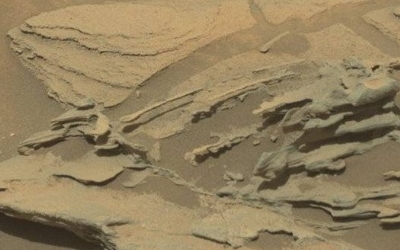InSight Mars mission suspended
Because of a serious technical problem with its prime instrument, NASA has decided that its InSight Mars lander will not make its March 2016 launch window and has suspended the mission.
NASA said the decision to delay follows unsuccessful attempts to repair a leak affecting the device, which requires a vacuum seal around its three main sensors to withstand the harsh conditions of the Martian environment. A leak discovered earlier this year, that prevented it from retaining vacuum conditions, was successfully repaired, and the mission team “was hopeful the most recent fix also would be successful.”
However, the instrument once again failed to hold a vacuum during testing on Monday in extreme cold temperature.
It is even possible that the mission will be cancelled entirely because of the problem.
Because of a serious technical problem with its prime instrument, NASA has decided that its InSight Mars lander will not make its March 2016 launch window and has suspended the mission.
NASA said the decision to delay follows unsuccessful attempts to repair a leak affecting the device, which requires a vacuum seal around its three main sensors to withstand the harsh conditions of the Martian environment. A leak discovered earlier this year, that prevented it from retaining vacuum conditions, was successfully repaired, and the mission team “was hopeful the most recent fix also would be successful.”
However, the instrument once again failed to hold a vacuum during testing on Monday in extreme cold temperature.
It is even possible that the mission will be cancelled entirely because of the problem.











